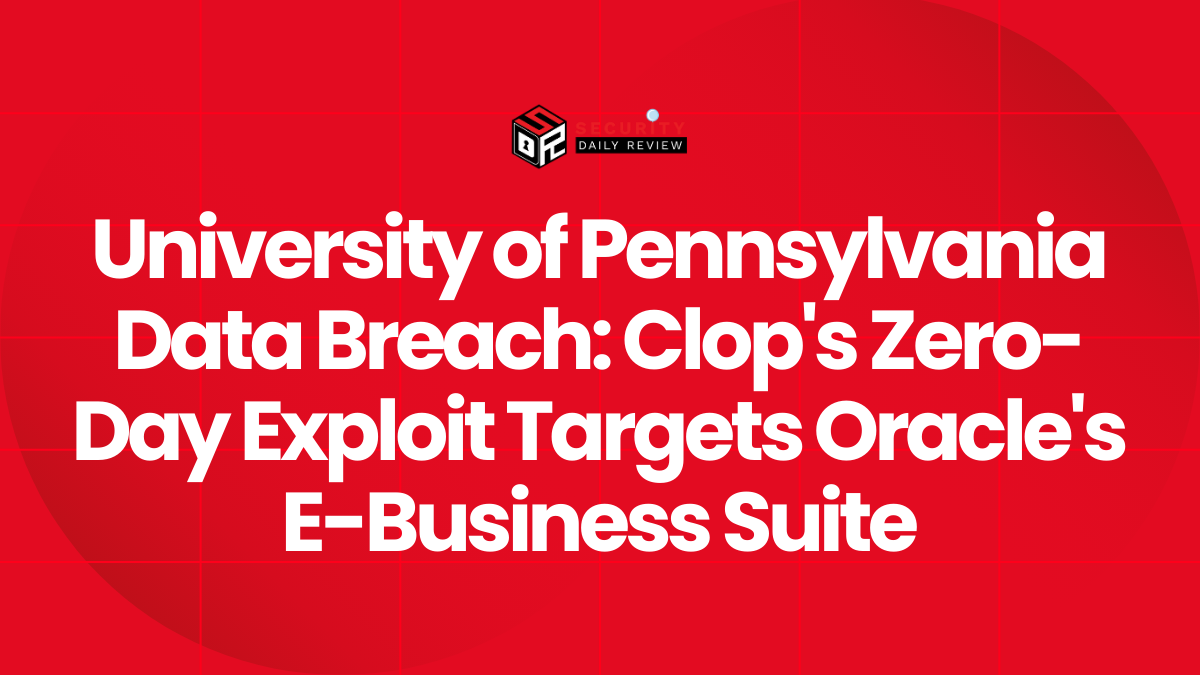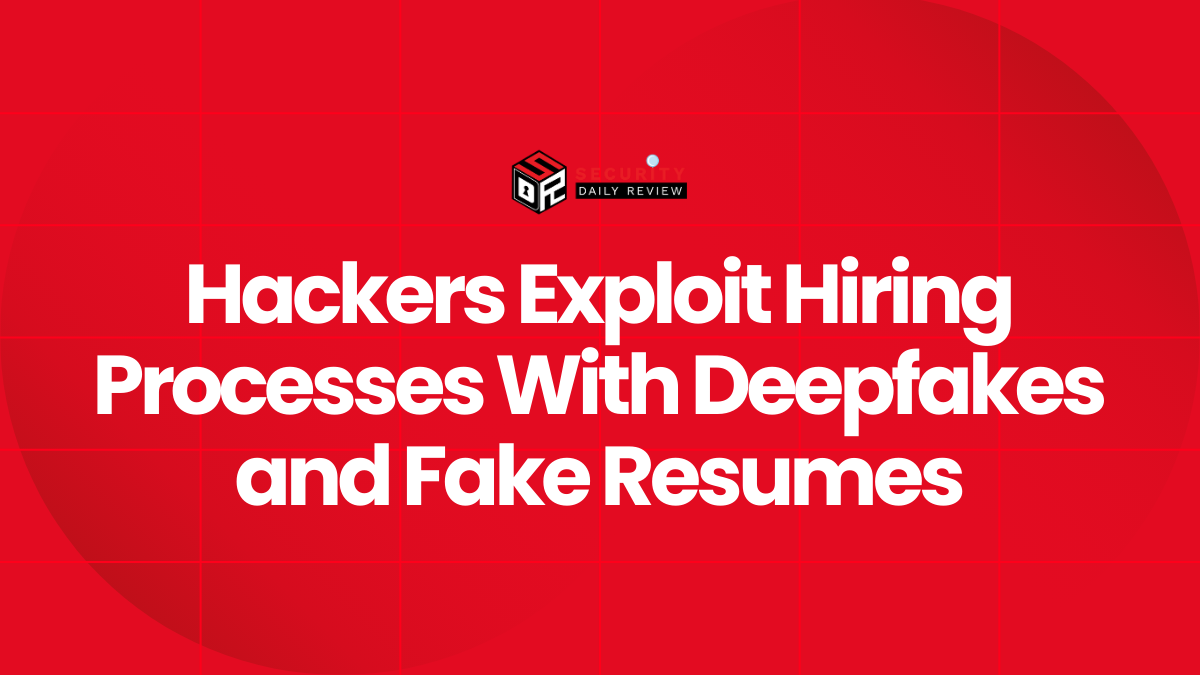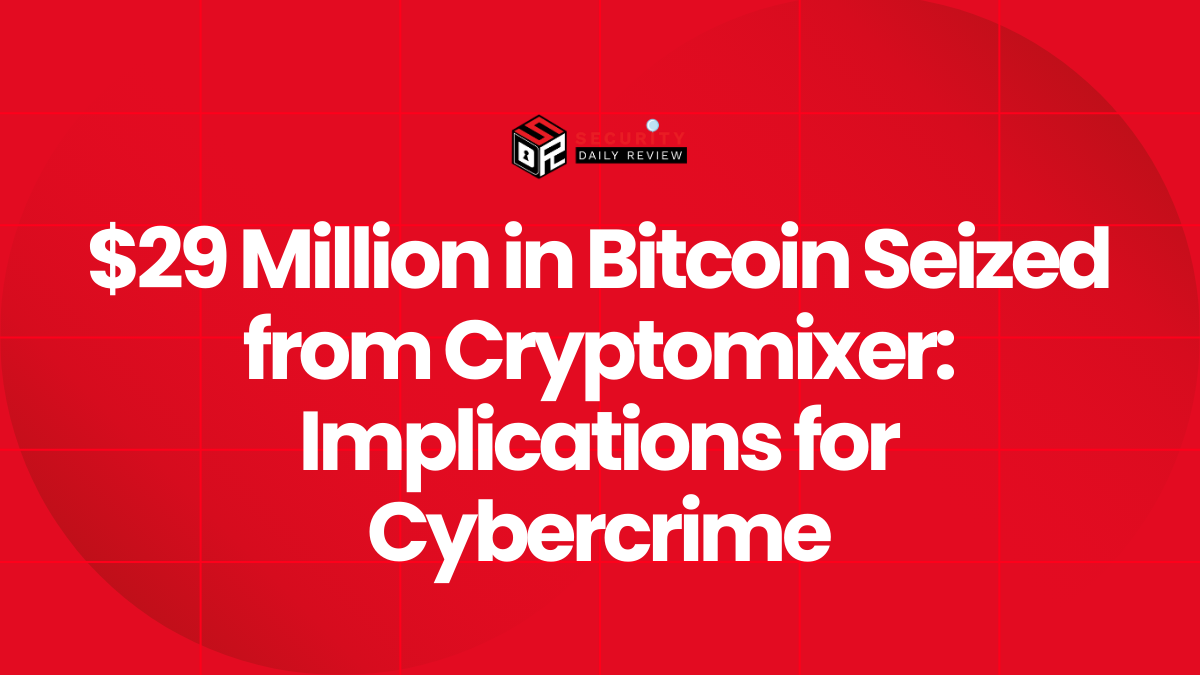Global Financial Leaders Targeted in Advanced Spear Phishing Operation
A newly uncovered spear phishing campaign is targeting corporate financial leaders across the globe. According to research by Trellix’s Advanced Research Center, hackers are now abandoning traditional malware in favor of legitimate remote access tools to infiltrate enterprise systems.
This campaign marks a clear evolution in attacker sophistication, leveraging highly customized lures, multilayered deception, and trusted software to stay undetected. Targets include CFOs and senior executives at banks, insurance firms, energy utilities, and investment companies in regions spanning Africa, Europe, South Asia, Canada, and the Middle East.
While no U.S.-based companies have been affected yet, researchers warn that similar attacks may soon expand to American targets.
Spear Phishing vs. Standard Phishing: A Key Difference
Phishing involves generic emails aimed at tricking users into revealing sensitive data or downloading malware. Spear phishing, on the other hand, is much more personal and calculated.
Attackers spend time studying their targets—gathering names, titles, habits, and business associations. The resulting emails appear familiar, often mimicking trusted contacts or organizations. These campaigns are especially dangerous when aimed at individuals with access to critical data or systems.
In this case, cybercriminals specifically targeted financial executives with social engineering messages disguised as confidential job opportunities.
How the Attack Was Structured: The Rothschild Deception
The phishing emails were crafted to look like job offers from Rothschild & Co, a well-known financial institution. The message encouraged recipients to review a confidential “leadership opportunity” and open a PDF titled Rothschild_&_Co-6745763.PDF.
Once clicked, the attack chain began:
- The user was redirected to a Firebase-hosted application.
- A CAPTCHA challenge—“What is the result of 9 + 10?”—was used to bypass automated scanners.
- JavaScript decrypted a hidden redirect URL.
- The user was taken to a file portal that looked like a secure document page.
- A ZIP file was downloaded, containing a malicious VBScript (only executable on Windows).
Once executed, the VBScript:
- Created a hidden directory.
- Downloaded payloads from a command-and-control server.
- Installed NetBird (a WireGuard-based remote access tool) and OpenSSH.
- Configured persistent remote desktop access by:
- Creating a hidden admin account.
- Enabling firewall bypass.
- Scheduling automatic starts on system reboot.
All evidence of the NetBird shortcut was removed, helping maintain stealth.
Why This Attack Stands Out
This campaign is notable for several reasons:
- Use of Legitimate Tools: Instead of obvious malware, attackers used trusted utilities—NetBird and OpenSSH—making the activity harder to detect.
- Geographically Selective: So far, no U.S. organizations have been targeted, but similar patterns in past operations suggest the U.S. may be next.
- High-Level Social Engineering: The phishing email was not generic. It was personalized, believable, and positioned as a lucrative opportunity from a prestigious financial brand.
“This is a sophisticated evolution in spear phishing,” Trellix noted. “Even security-aware executives may struggle to recognize such emails as fraudulent.”
Who Is Behind the Campaign?
The identities of the attackers remain unknown. However, the campaign’s structure and the careful avoidance of U.S. targets point to test runs—a common tactic where adversaries perfect methods in select regions before targeting high-value environments like the U.S. financial sector.
The use of trusted protocols and open-source tools also shows a shift in attacker tactics. Instead of developing malware that can be flagged, attackers now abuse software that defenders often allow by default.
What Organizations Should Do Now
Trellix has advised finance teams and cybersecurity leaders to remain vigilant. The following countermeasures are recommended:
- Awareness Training for senior executives on how sophisticated spear phishing works.
- Advanced Email Security systems that perform behavioral analysis on incoming messages.
- Tight Controls on the installation and usage of remote access tools.
- Endpoint Detection and Response (EDR) tools that can detect abuse of legitimate software.
- Reporting Mechanisms to flag unusual emails or system behavior immediately.
These measures help reduce the risk of compromise by making it harder for the attackers to remain undetected after initial access.
Growing Threat as Attackers Exploit Trust and Tools
As artificial intelligence and machine learning improve cybersecurity, attackers also evolve. This campaign illustrates that social engineering—when paired with clever use of trusted tools—can be just as effective as malware.
Education remains one of the most effective defenses. Cybersecurity teams must continue to educate leadership on recognizing and reporting suspicious interactions, even those that appear completely legitimate at first glance.









